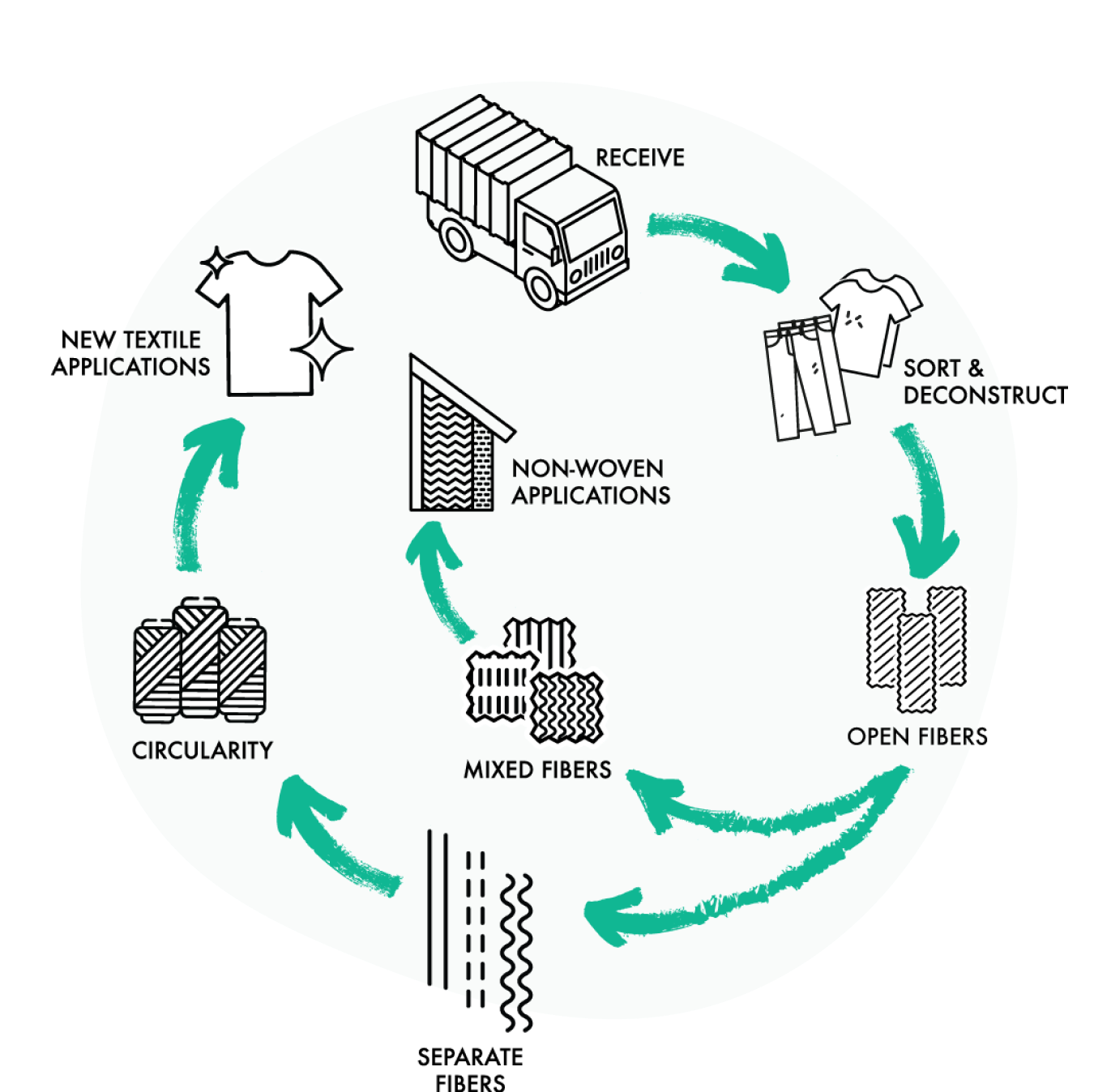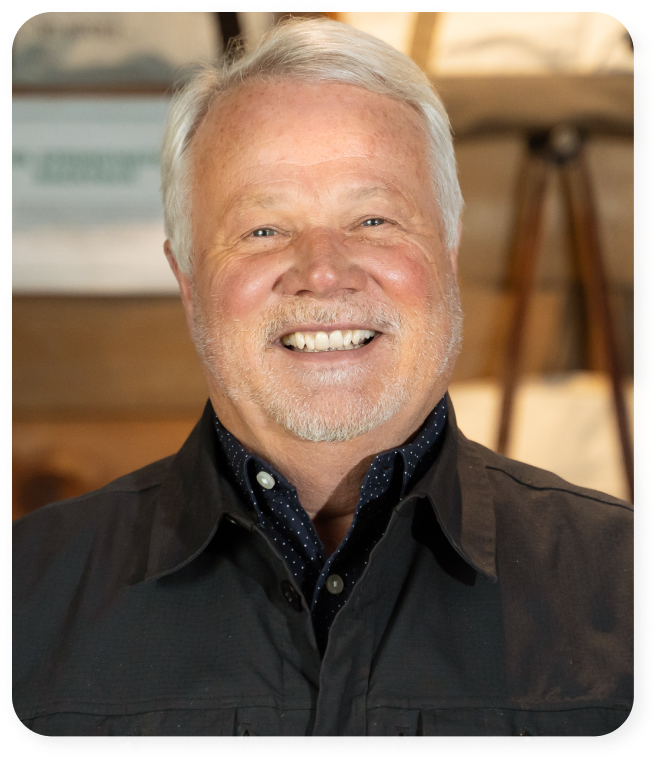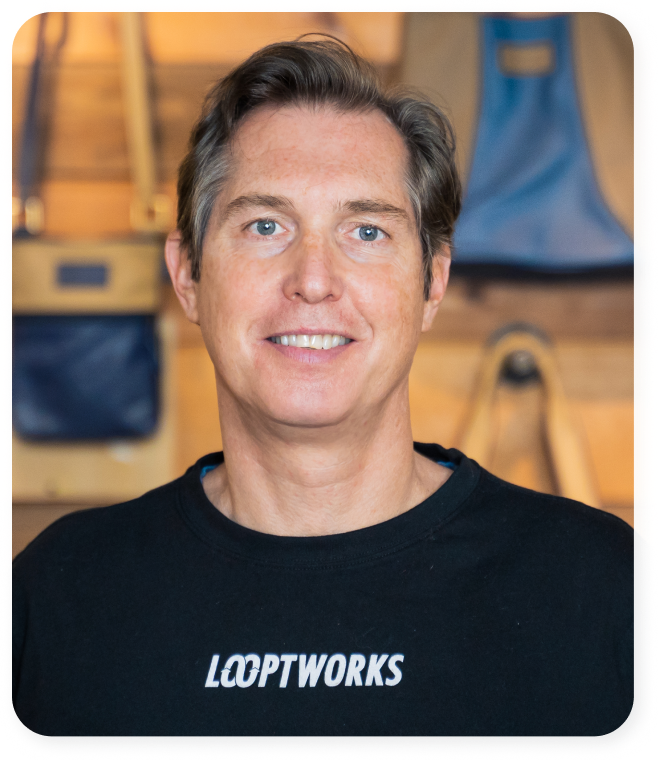We’re a team of apparel industry veterans on a renewed mission to protect our planet by turning textile waste into new fiber.
Circularity is a system that extends the life of textiles, reducing our need for virgin resources. Through fiber-to-fiber recycling, this system reduces CO2 emissions, water consumption, energy use, and physical waste. Simply put, circularity creates a better world for us and future generations.

When you partner with Looptworks, you join a circular system that’s making a positive impact on the environment. How big of an impact? Since 2009, Looptworks has achieved the following:

We work with brands and organizations across the United States, providing innovative solutions for managing large quantities of excess materials. Our partners include fashion and apparel brands, municipalities, cut and sew manufacturers, and industries such as hospitality, medical, and waste collection. Looptworks also supplies clothing brands, spinning mills, and the non-woven market with circular fibers to cycle into new materials.
Through our full-service approach, we offer textile circularity and downcycling of multiple material types—all within the United States.

Tami is a senior accounting leader with over 16 years of experience in the manufacturing and textile industry. Her specialties include process development and implementation, mergers and acquisitions, job and project costing and analysis, and managing complex teams and technical projects. Tami has served as Chief Financial Officer and Controller for a variety of innovative companies, where her analytical skills and strategic mindset helped organizations create efficiencies in their financial systems.

Kelley is a passionate and strategically minded business development leader with more than two decades of experience in the sporting goods apparel industry. He has experience in product construction, league partnerships, retail relationships, supply chain management, sustainability, circularity, and carbon footprint management. Kelley builds successful partnerships by putting the customer first while simultaneously advancing his organization’s business objectives.

Suzy is a product leader and operations expert with more than 25 years of experience in the textile industry. She is passionate about finding creative solutions to complex problems and motivating people to action through vision, strategy, collaboration, and communication. Suzy has proven expertise in product development, sustainability, marketing, supply chains, and innovating processes and best practices to drive results.

Scott is a visionary leader with more than 32 years of experience in strategic branding, innovative product creation, supply chain sustainability, and sales and marketing for global organizations. He founded Looptworks in 2009 as an industry solution for turning excess materials into upcycled consumer products. In 2022, Scott transitioned the company to a B2B business model focused on eliminating global textile waste through closed-loop solutions.

Scott is a visionary leader with more than 32 years of experience in strategic branding, innovative product creation, supply chain sustainability, and sales and marketing for global organizations. He founded Looptworks in 2009 as an industry solution for turning excess materials into upcycled consumer products. In 2022, Scott transitioned the company to a B2B business model focused on eliminating global textile waste through closed-loop solutions.